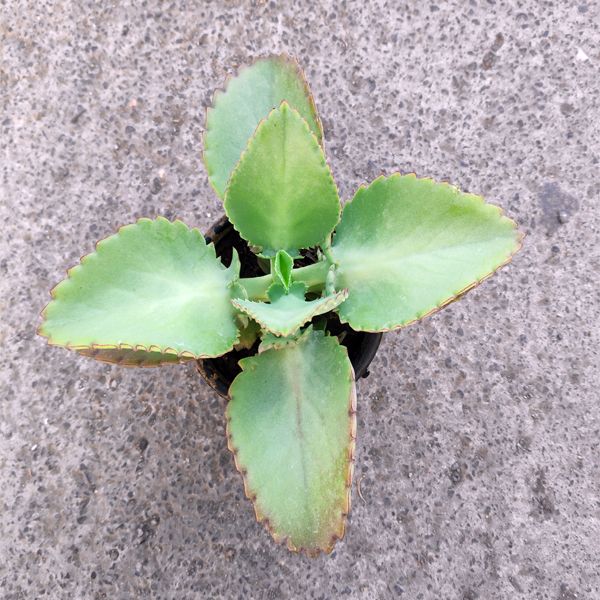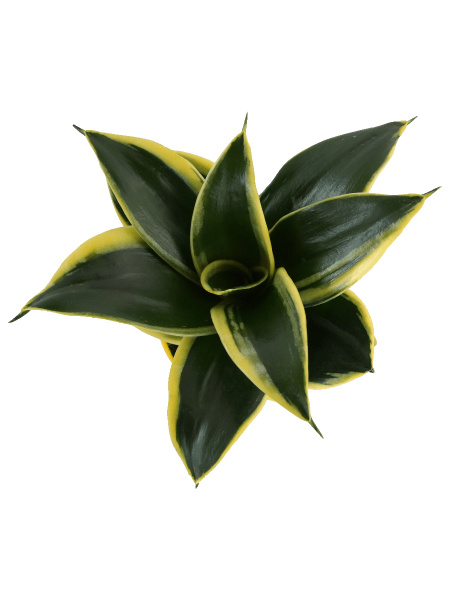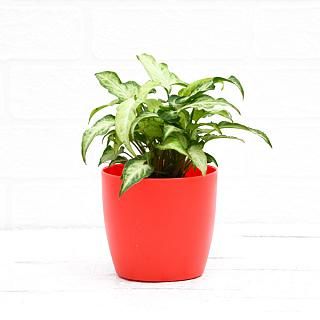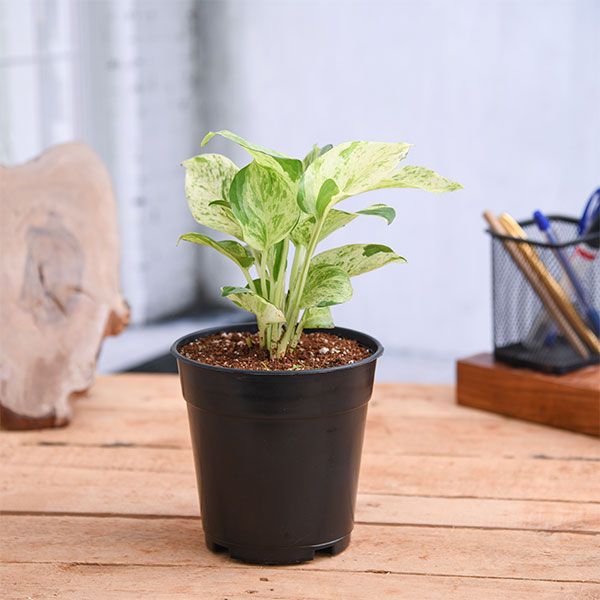About Peperomia Orba
The palmate pattern of leaf veins is marked out in some species as furrows in the leaves or as colored lines. Most Peperomias have tiny flowers which are packed into a characteristic greenish or brown conical spike (spadix) like an inverted catkin.
A few species have more attractive flowers such as the white, scented clusters of spikes produced by Peperomia fraseri from Ecuador.
Peperomia Orba Care
Most Peperomia species can be relatively easily propagated from leaf cuttings, similar to the way African violets are propagated. Remove large leaves with their stalks (petioles) and bury in seedling starting soil. Use of a rooting hormone can increase odds of success. Place the cutting in a warm, bright place until new growth emerges.
| Sunlight | Peperomia do well in light to moderate light, such as found in a northern or east-facing window. They can be easily grown under fluorescent lights. |
| Watering | Keep the soil moist during the growing season and provide relatively high humidity through spraying or by setting the pot in a gravel tray. |
| Soil | A loose, well-drained, very rich potting mix |
| Temperature | Average. Peperomia do well in the relatively cool environment of most homes (although they dislike the dry). Aim for 65 degrees F to 75 degrees F. |
| Fertilizer | Fertilize biweekly during the growing season with a diluted liquid fertilizer or use controlled-release fertilizer pellets at the beginning of the growing season. |
Peperomia Orba Uses
- The Peperomia houseplant is an attractive addition to a desk, a table or as a member of your houseplant collection
- Peperomia care is not difficult and Peperomia plants have a compact form that lets them occupy a small space wherever you choose to place them











Reviews
There are no reviews yet.